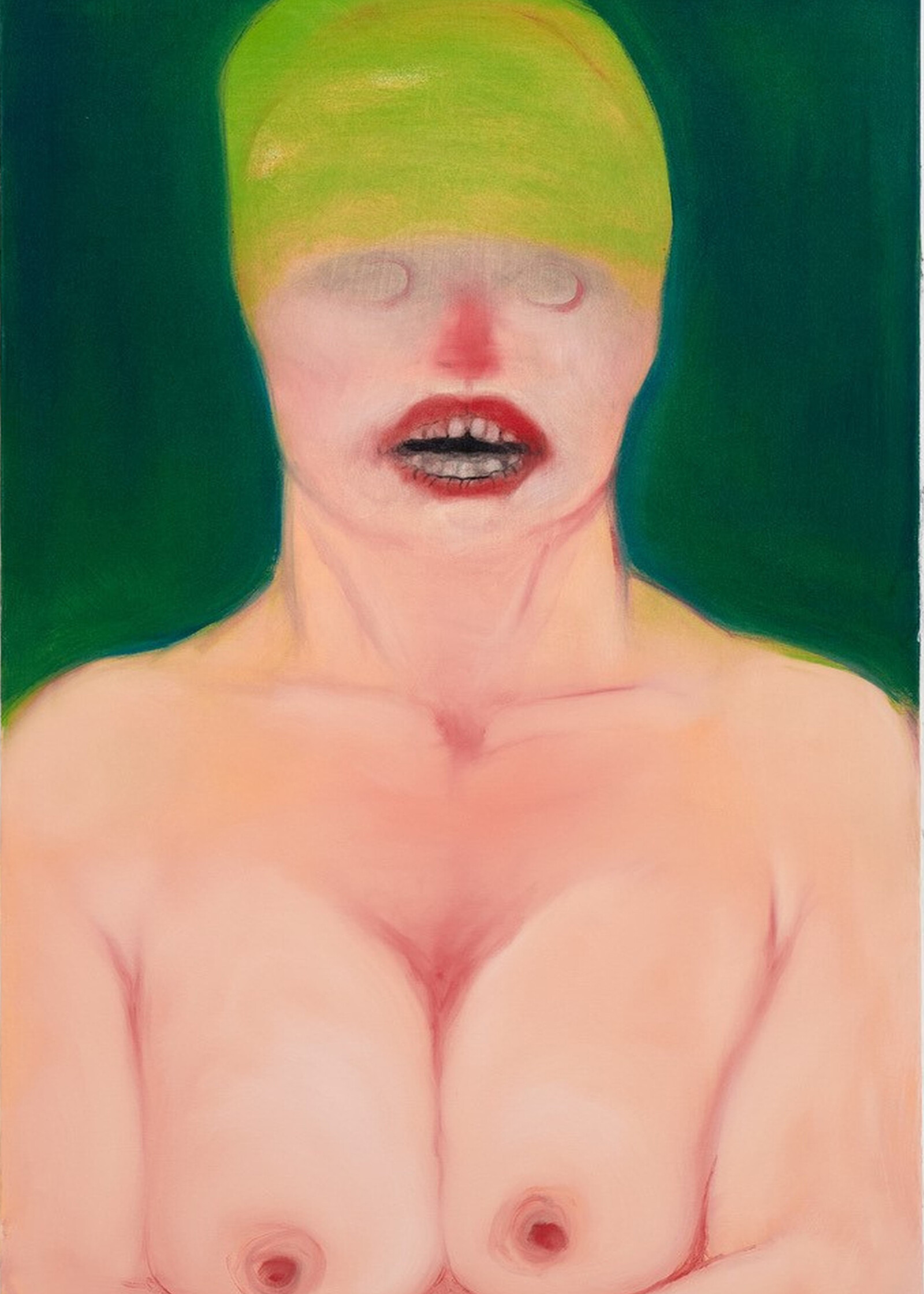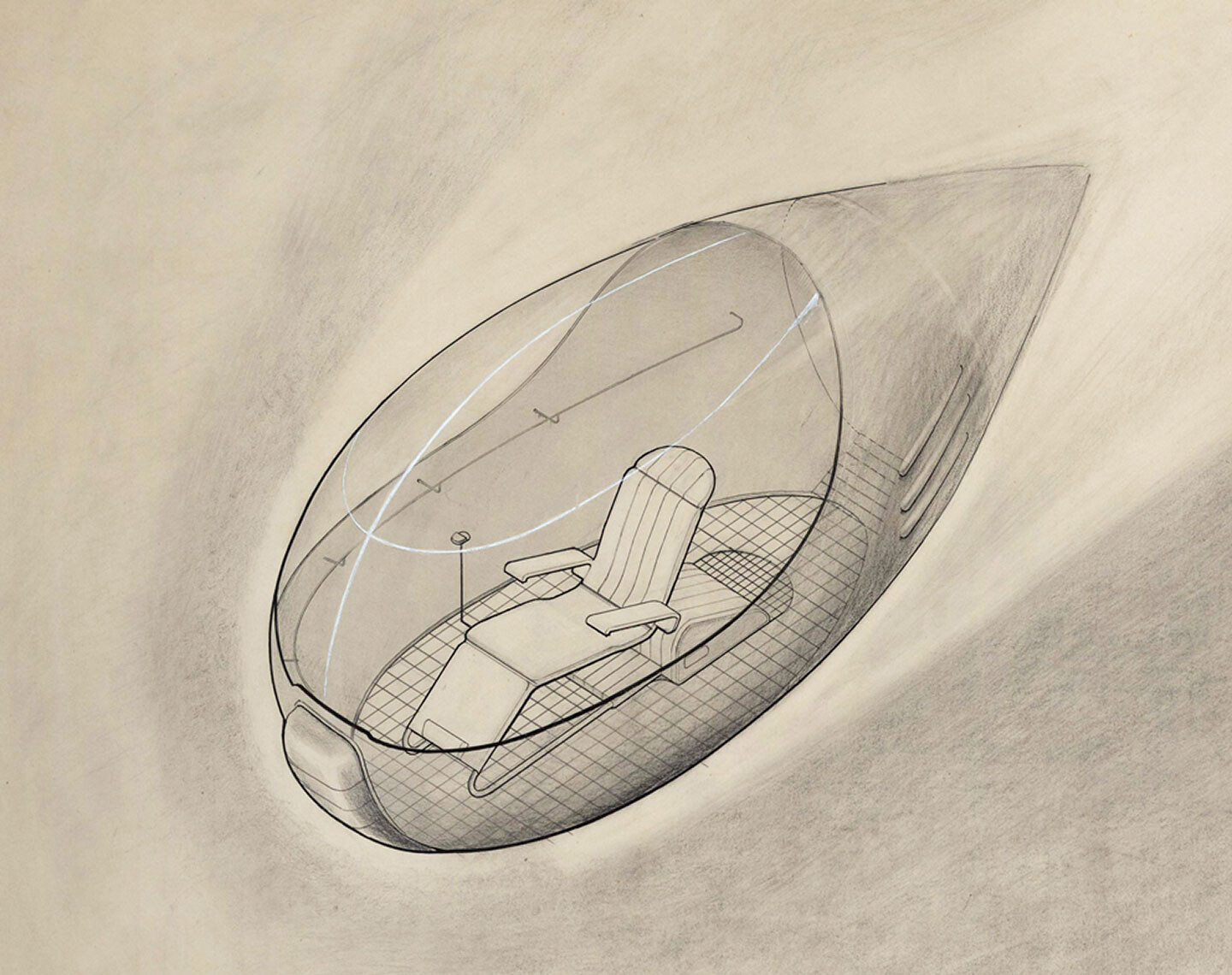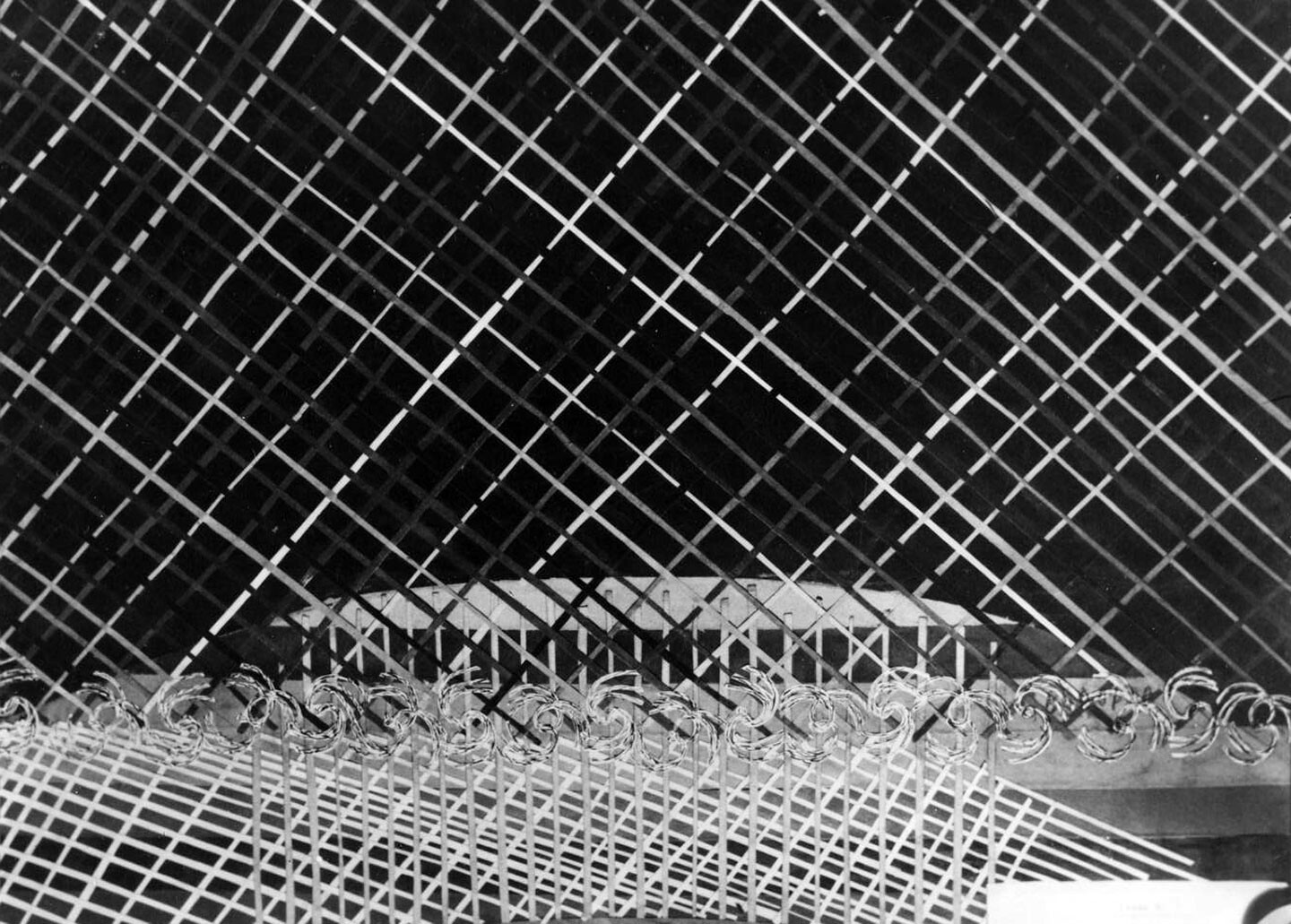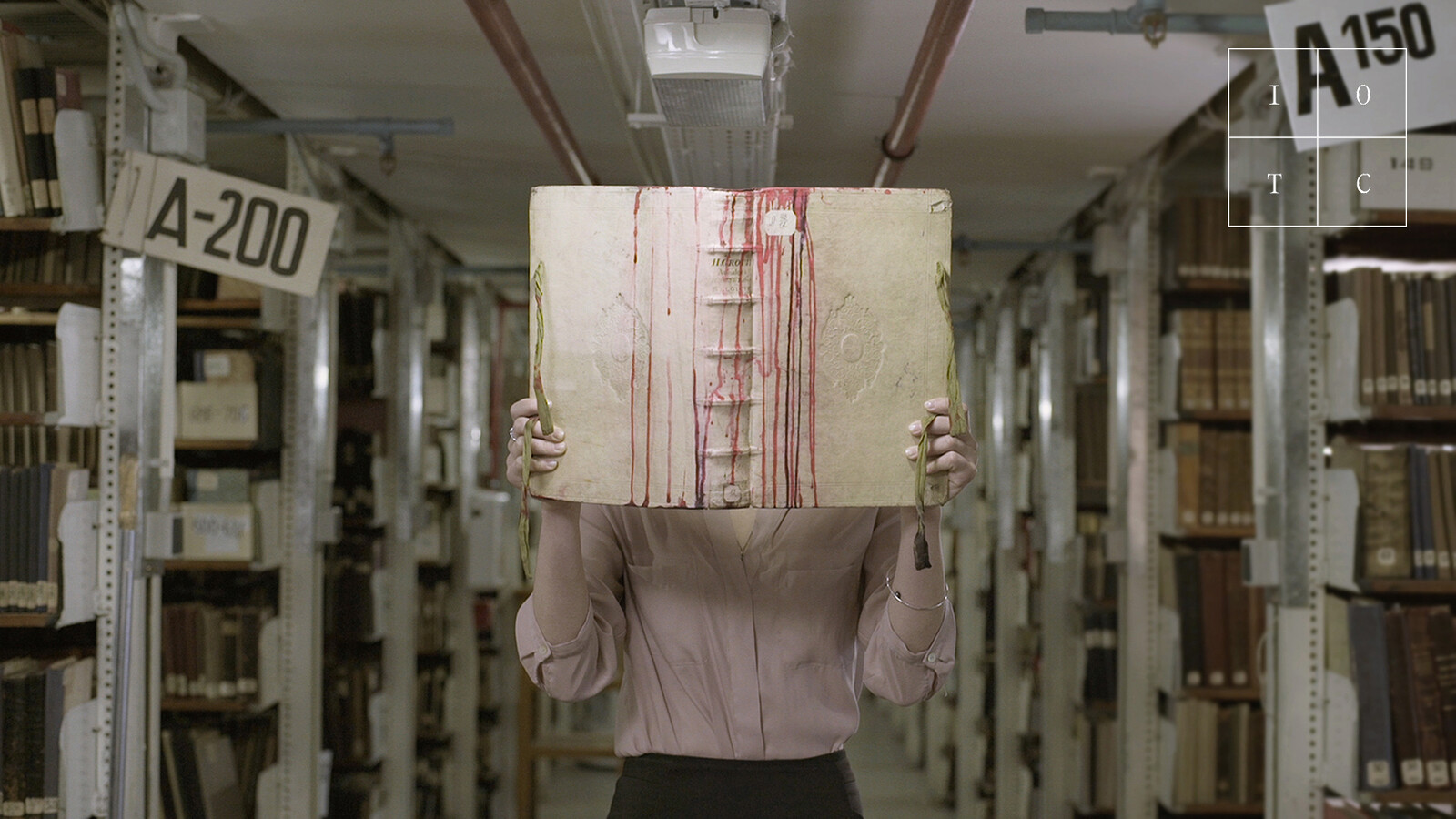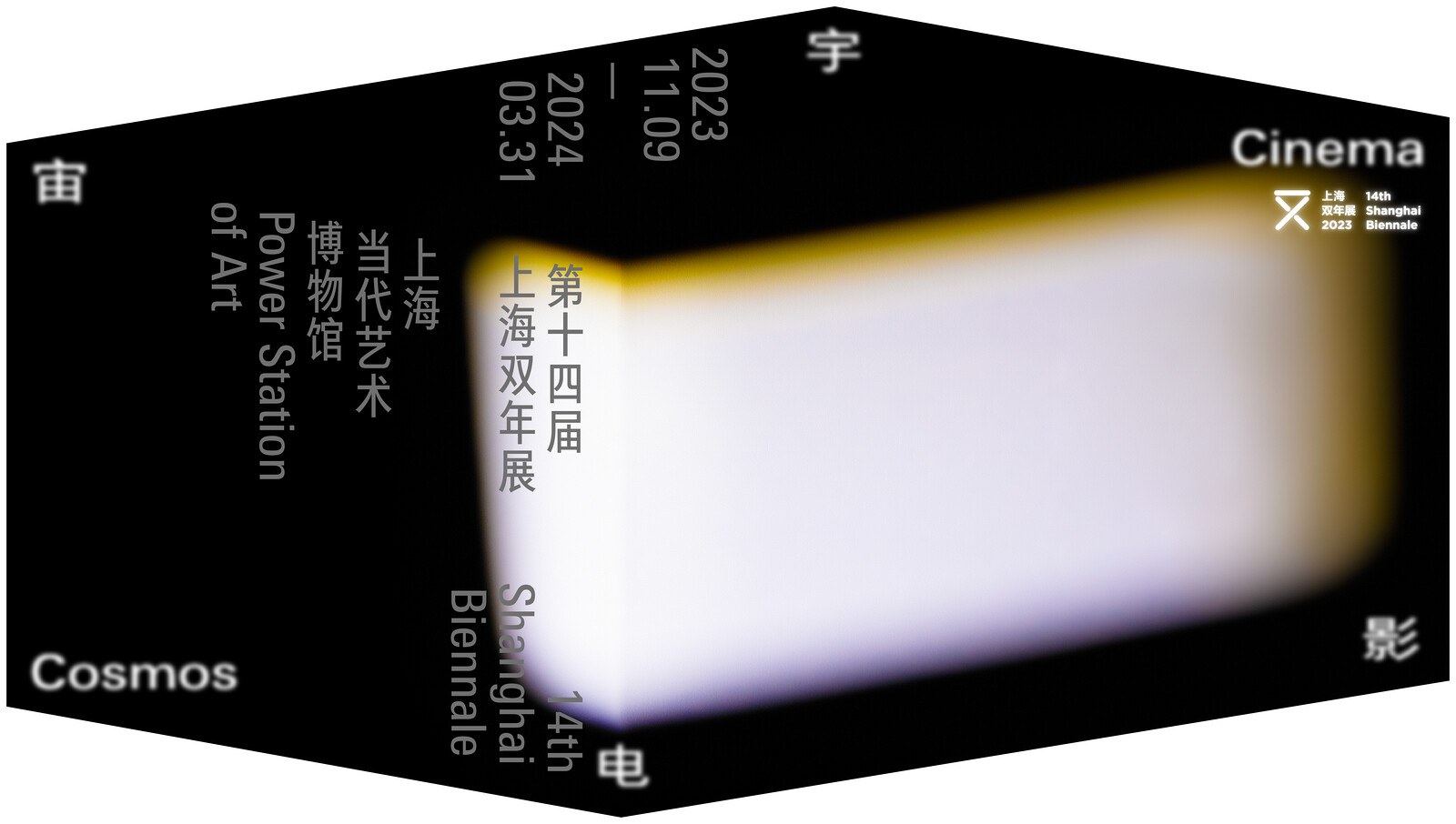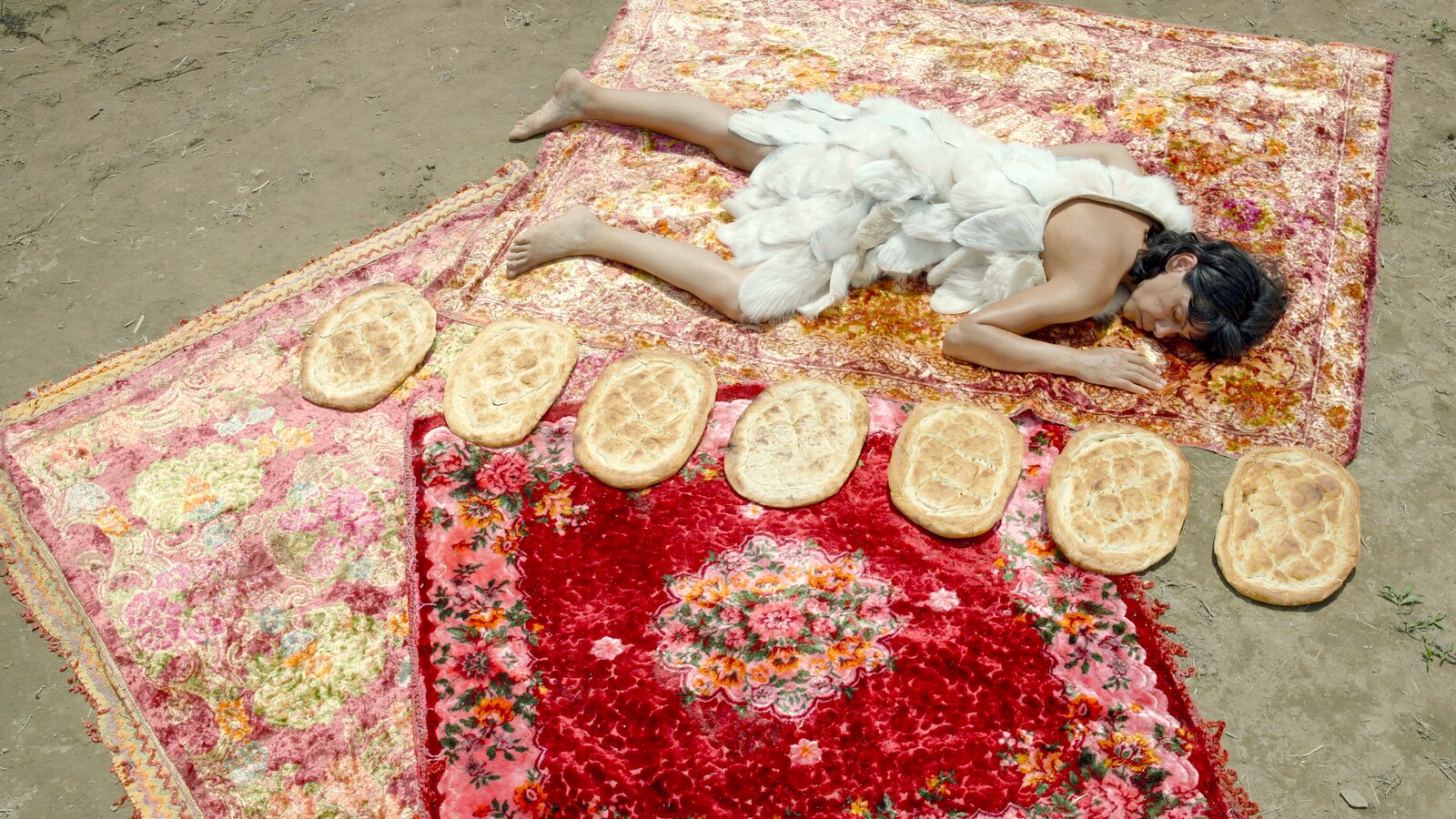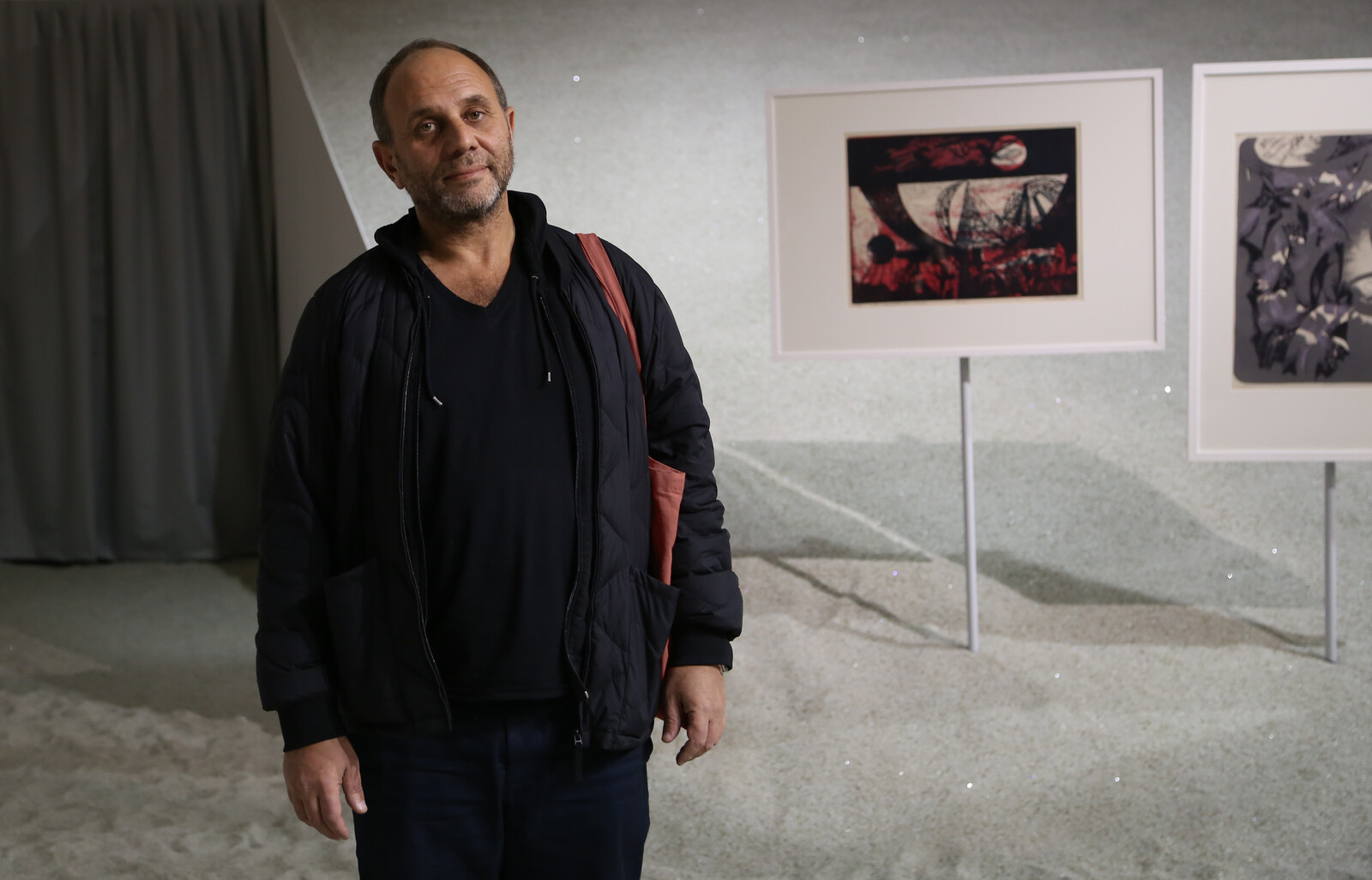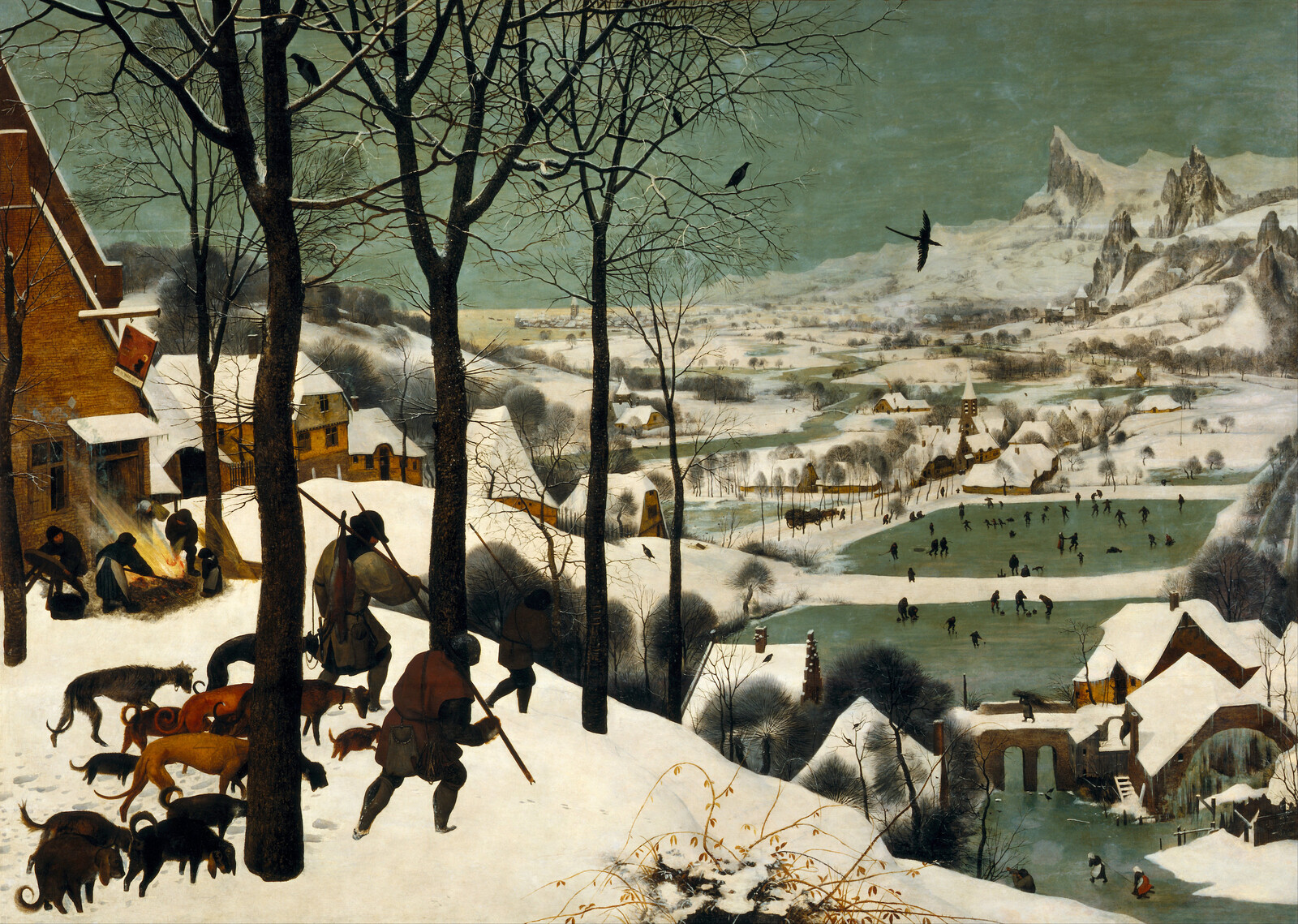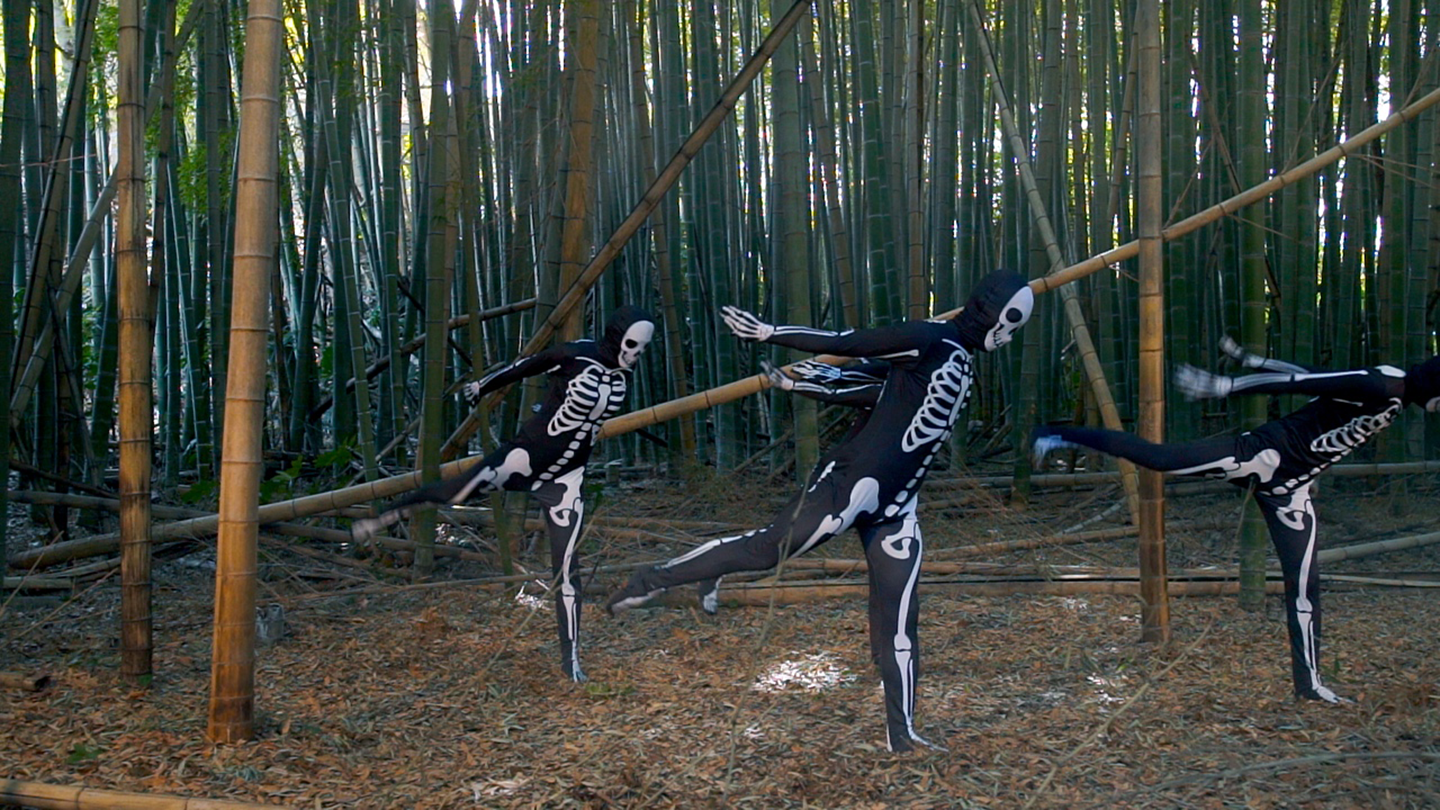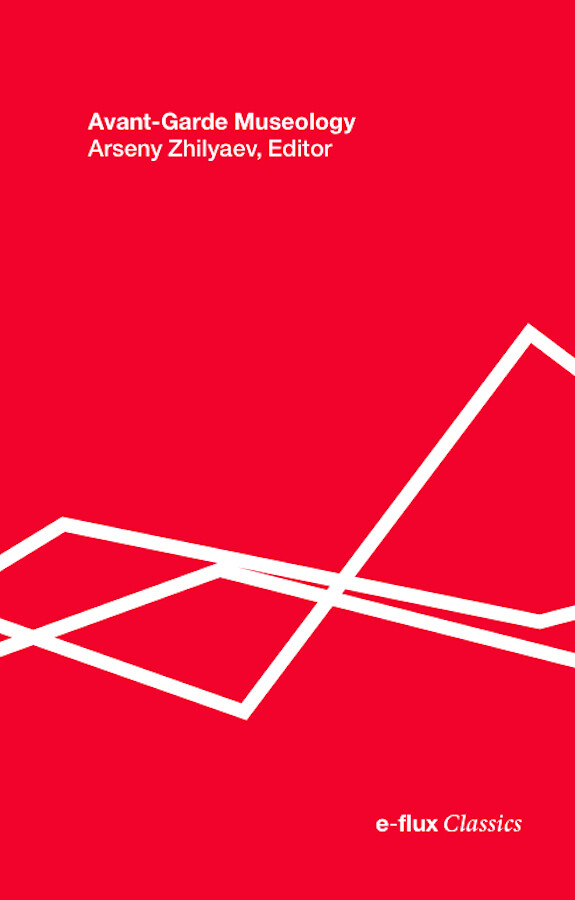chekrygin
Cosmist thinkers founded the “organization of world-transformation”—an organization that was meant to encompass all the types of humanity’s creative activity, all spheres of its theoretical and practical application—on the creative principle found in art. Art opens before humanity an opportunity to move away from the present instrumental, technical progress, which acts upon nature only from outside, by use of mechanisms and machines, to a new, mature type of progress that would be organic, that would transform and spiritualize the world through a living, non-mediated touch.
Almost a decade before the revolution, Bogdanov depicted a postrevolutionary Marxist museum in his science-fiction novel Red Star from 1908. “I imagined there would be no museums in a developed communist society,” exclaims Bogdanov’s astonished protagonist upon his arrival on Mars, home to a highly advanced Communist civilization. The museum has indeed survived, but its function has been modified. The museum is no longer a bourgeois ghetto, a repository for all the delusional hopes for the resolution of social contradictions. The liberating force of proletarian revolution has dissolved class divisions as such, and art, once an autonomous professional sphere, has been integrated into the everyday life and work of humanity.
As absurd as it sounds, cosmism was part of a cigarette company’s advertisement campaign, and Yuri Leiderman’s work flew into space together with Andorra’s painting, which was hand-applied directly to the surface of the missile, as well as a text by the Kyrgyz writer Chinghiz Aitmatov. Leiderman’s photographs depicting the urn graves of the Donskoy Cemetery and Crematorium in Moscow were printed on a plastic film applied to the upper part of the proton rocket. After exiting the earth’s exosphere, the rocket burned up. This incineration aimed to represent the established connection between the ashes of the dead and the cosmos, as a prefiguration to their forthcoming resurrection. Instead of approaching cosmism only in a metaphorical way, Leiderman realized a concrete cosmist action motivated by a love for humanity.
How might the contents of the museum be reanimated so as to transcend even the social and physical limits imposed on humankind?

